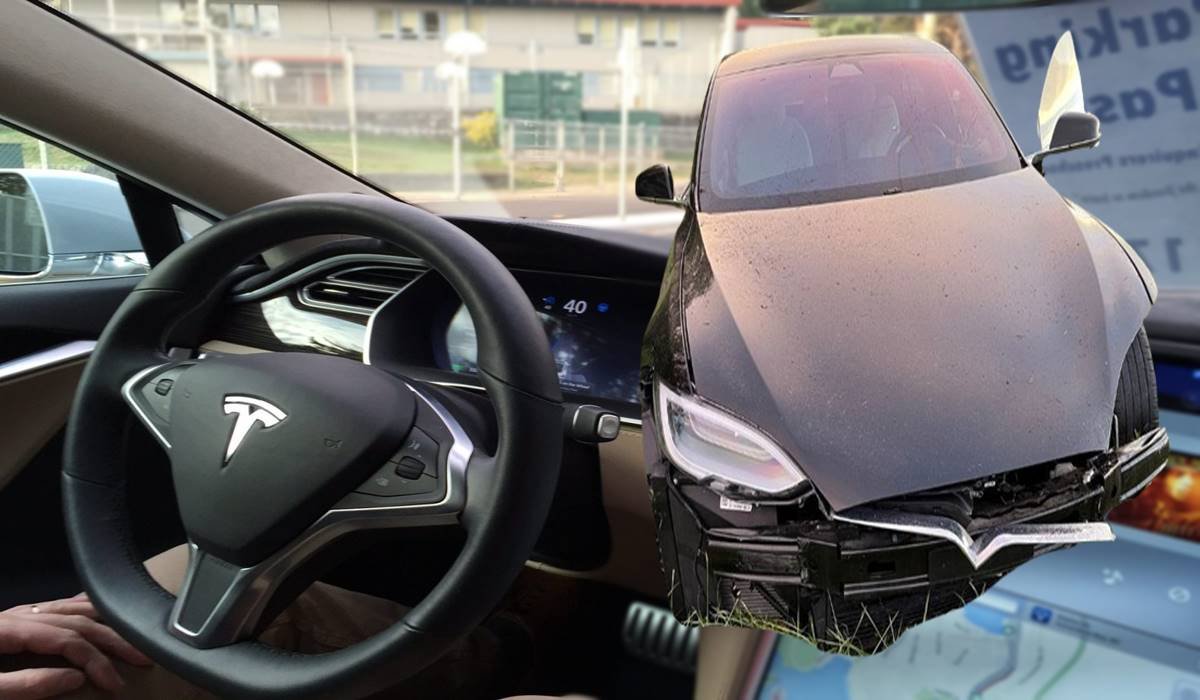DETROIT (AP) — In a significant development, Tesla is unfolding a nationwide recall of nearly every vehicle they’ve sold in the U.S., amounting to over 2 million units. The objective of the recall is to implement software updates and correct potential defects in a system designed to monitor driver attention while Autopilot is engaged.
Context
According to documentation unveiled by U.S. safety regulators on Wednesday, the software enhancement will augment alerts and warnings for drivers and will limit the environments in which Autopilot can function. This action is a response to a two-year NHTSA led investigation into various Autopilot-related accidents, some of which resulted in fatalities.
READ MORE: TikTok Latest Trend: The Uncanny Valley Makeup Aesthetic
Investigative Results
The NHTSA’s investigation deduced that the current method of observing driver attentiveness in Autopilot could potentially fall short, leading to “predictable misuse of the technology.” The suggested updates aim to enforce drivers’ continuous active driving responsibility more rigorously.
Recall Reach
The recall encompasses various Tesla models, including Y, S, 3, and X, which were manufactured from October 5, 2012, until December 7 of the current year. The software update process commenced on Tuesday for specific affected vehicles while the remainder is scheduled to receive it later.
Market Reaction
Tesla’s shares dipped by over 3% during early trading on Wednesday. Nonetheless, they recovered amidst a general market rally, ending the day with a 1% rise.
Viewpoint of Safety Experts
While safety specialists welcome the recall, worries about fundamental problems with Tesla’s automated systems persist. Critics contend that the update burdens the driver without addressing the primary issue of Tesla’s systems having trouble detecting and navigating around barriers.
Autopilot Capabilities and Constraints
Autopilot, Tesla’s driver assistance system, incorporates functions like Autosteer and Traffic Aware Cruise Control. The software revision will confine where Autosteer can be activated, issuing visual and audible alerts when attempted under unsuitable conditions.
Critique and Legal Implications
Dillon Angulo, a survivor of a 2019 Tesla crash involving Autopilot, labels the technology as hazardous and advocates for its removal from the roads. According to Angulo, the recall is a case of too little, too late. He is currently involved in legal proceedings against Tesla as he recovers from injuries from the crash.
Opinions from Experts
Auto safety advocates and experts express disappointment, underscoring the need for more robust regulation of driver monitoring systems. Some argue that the recall does not adequately address serious safety faults, such as Teslas on Autopilot failing to detect and react to emergency vehicles.
NHTSA’s Stance
In an official statement, the NHTSA disclosed that the investigation is still ongoing as they assess the effectiveness of Tesla’s solutions. The agency continues to work with Tesla to ensure the highest level of safety.
Autopilot’s Shortcomings
Despite its name, Autopilot is a driver-assist system and cannot fully operate the vehicle. Independent investigations have demonstrated that the monitoring system can be easily tricked, raising questions about its effectiveness.
Regulatory Environment
Since 2016, the NHTSA has been actively probing into Tesla crashes, particularly those involving automated systems. This recent recall is part of a more comprehensive plan to address safety concerns with Teslas, including a prior recall of Full Self Driving software.
Government Involvement
Transportation Secretary Pete Buttigieg has stated in the past that Tesla should not label its system as Autopilot, emphasizing that it cannot fully operate the vehicle.
To conclude, Tesla’s extensive recall illuminates the difficulties in deploying advanced driver-assistance systems and the ongoing attempts to find a balance between innovation and safety. The efficacy of the updates and the long-term impact on Tesla’s Autopilot system will be closely monitored as regulatory scrutiny in the automotive industry continues to mount.
